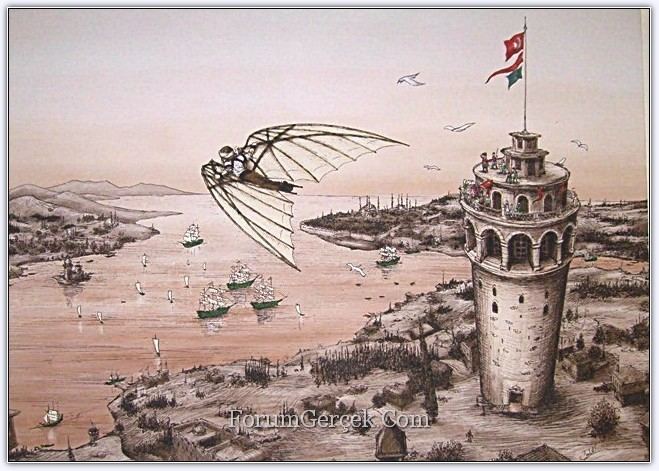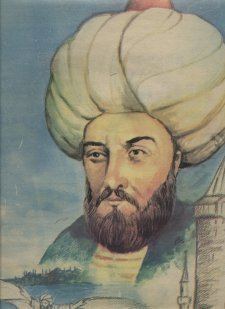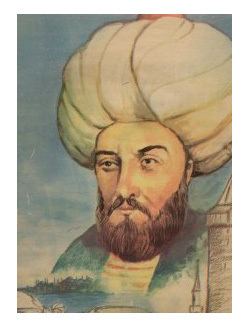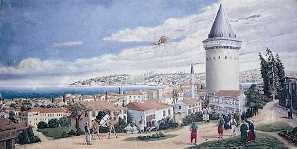Died 1640, Algeria | Siblings Lagâri Hasan Çelebi | |
 | ||
Similar Lagâri Hasan Çelebi, Evliya Çelebi, Murad IV, Ali Qushji, Abbas ibn Firnas | ||
Hez rfen ahmed elebi kimdir
Hezârfen Ahmed Çelebi was a legendary Ottoman aviator of Constantinople (present day Istanbul), purported in the writings of traveler Evliya Çelebi to have achieved sustained unpowered flight.
Contents

Alleged flight
The 17th century writings of Evliyâ Çelebi relate this story of Hezârfen Ahmed Çelebi, circa 1630–1632:

First, he practiced by flying over the pulpit of Okmeydanı eight or nine times with eagle wings, using the force of the wind. Then, as Sultan Murad Khan (Murad IV) was watching from the Sinan Pasha mansion at Sarayburnu, he flew from the very top of the Galata Tower (in contemporary Karaköy) and landed in the Doğancılar Square in Üsküdar, with the help of the south-west wind. Then Murad Khan granted him a sack of golden coins, and said: "This is a scary man. He is capable of doing anything he wishes. It is not right to keep such people," and thus sent him to Algeria on exile. He died there.

The title "Hezârfen" (Persian: هزار, hazār + Arabic: فنّ, fann) given by Evliyâ Çelebi to Ahmet Çelebi, means "a thousand sciences" (polymath).
Single report

In 1648, John Wilkins cites Ogier Ghiselin de Busbecq, the Austrian ambassador to Constantinople in 1554–1562, as recording that "a Turk in Constantinople" attempted to fly. However, if accurate, this citation refers to an event nearly a century prior to the exploits reported by Evliyâ Çelebi.

Evliyâ Çelebi's account of the exploits of Hezârfen Ahmet Çelebi is only three sentences long (of a ten volume work), but the story has great currency in Turkey. Other than Evliyâ Çelebi's report, there are no other contemporary references to the event.
Site details
Measurements of the alleged launch height and flight distance are as follows:

